Optimal Timing for Concrete Pavers Repairs
Timing for concrete pavers repairs depends on various factors including weather conditions, paver usage, and the extent of damage. Typically, the optimal time is during mild weather conditions to ensure proper curing and adhesion of repair materials. Avoid repairs during extreme temperatures, such as freezing or scorching heat, which can compromise the integrity of the repair work.
Spring and early fall are ideal for repairs due to moderate temperatures and lower precipitation, reducing delays and ensuring better results.
Wet or freezing conditions can hinder proper setting of repair materials, leading to potential issues like cracking or shifting.
Repairs are best scheduled during periods of lower foot or vehicle traffic to minimize disruption and allow proper curing.
Regular inspections can identify issues early, allowing repairs to be performed before damage worsens, often in suitable weather windows.

Ways to make Concrete Pavers Repairs work in tight or awkward layouts.
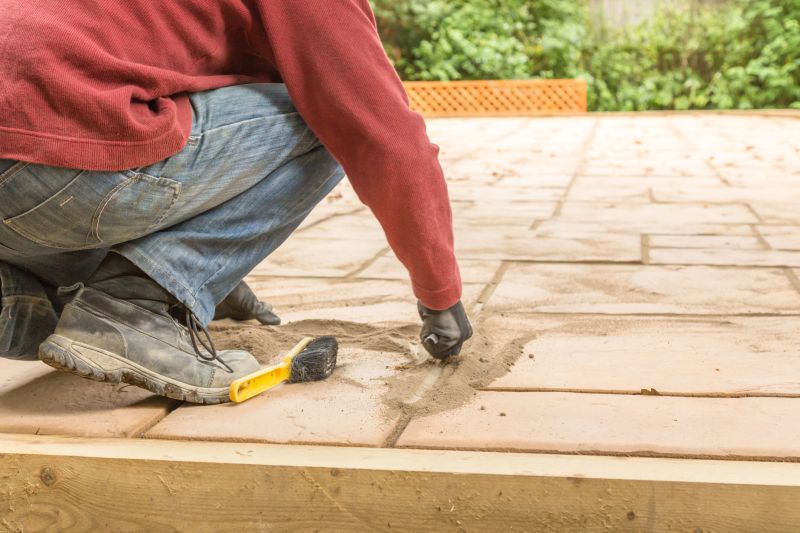
Popular materials for Concrete Pavers Repairs and why they hold up over time.
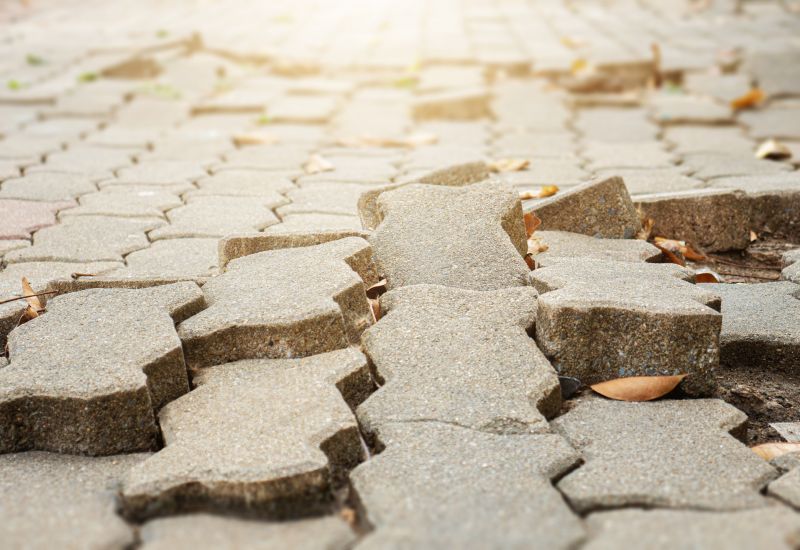
Simple add-ons that improve Concrete Pavers Repairs without blowing the budget.
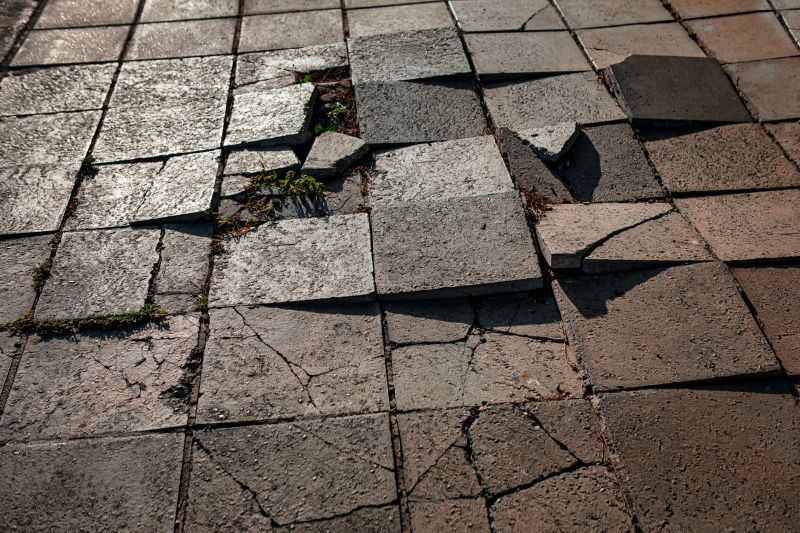
High-end options that actually feel worth it for Concrete Pavers Repairs.

Finishes and colors that play nicely with Concrete Pavers Repairs.
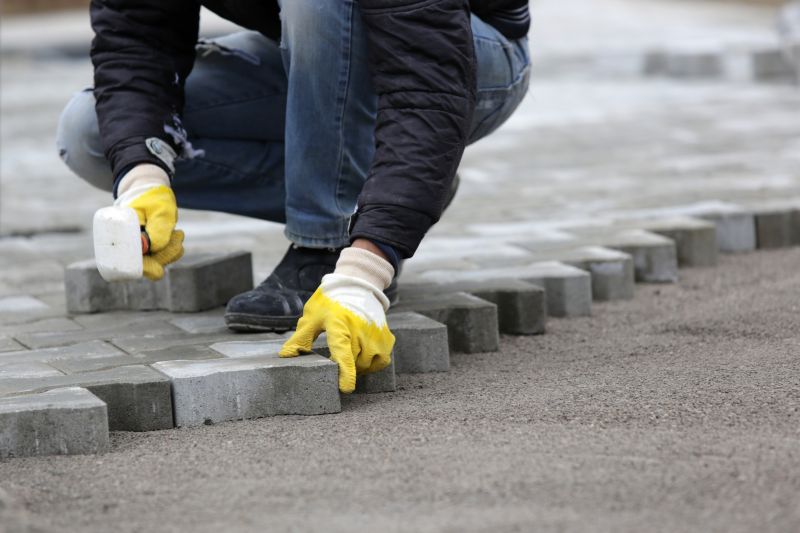
Little measurements that prevent headaches on Concrete Pavers Repairs day.
Concrete pavers are a popular choice for walkways, driveways, and patios due to their durability and aesthetic appeal. Over time, pavers can develop cracks, shifting, or surface deterioration caused by weathering, heavy loads, or improper installation. Addressing these issues promptly can extend the lifespan of the paved area and maintain its visual appeal. Studies indicate that regular maintenance and timely repairs can significantly reduce long-term costs, with some estimates suggesting up to 30% savings compared to complete replacement.
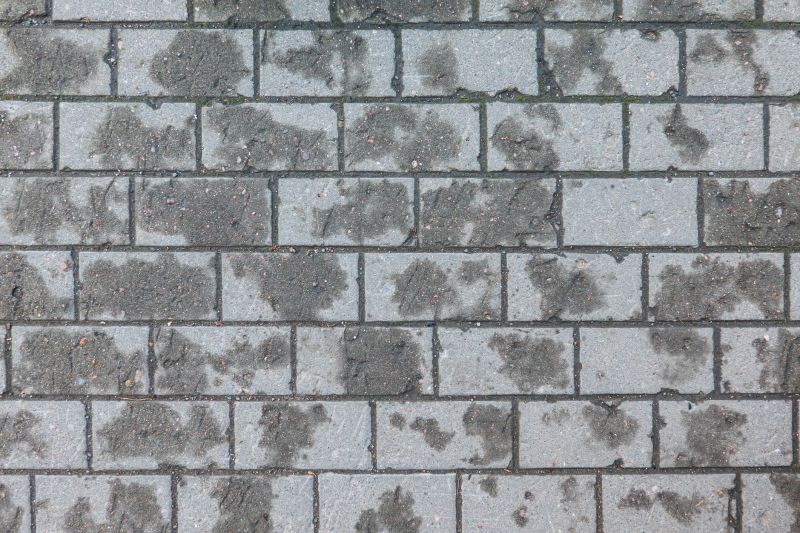
A 60-second routine that keeps Concrete Pavers Repairs looking new.
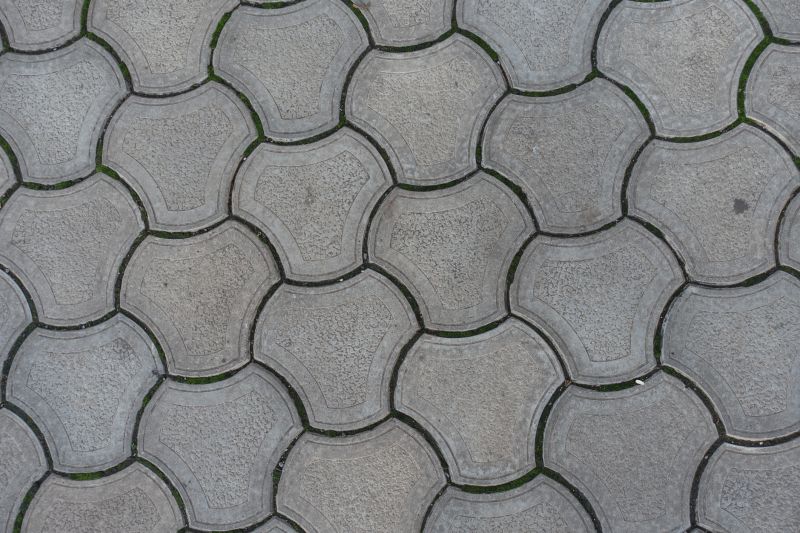
A frequent mistake in Concrete Pavers Repairs and how to dodge it.
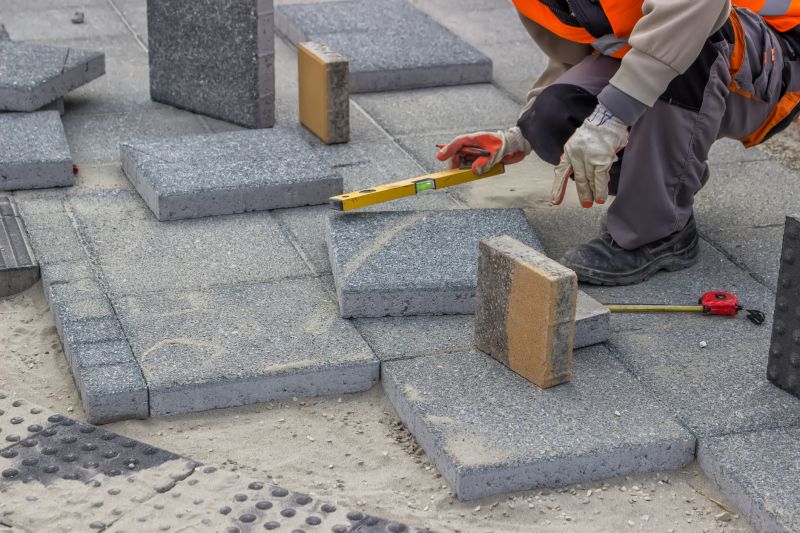
Small tweaks to make Concrete Pavers Repairs safer and easier to use.

Lower-waste or water-saving choices for Concrete Pavers Repairs.
| Factor | Recommended Repair Timing |
|---|---|
| Cracks or Damage | As soon as detected |
| Surface Wear | During mild weather seasons |
| Paver Shifting | At the first sign of unevenness |
| Joint Deterioration | When joint gaps widen or debris accumulates |
| Surface Discoloration | When aesthetic issues become noticeable |
Timely repairs of concrete pavers help prevent further damage and costly replacements. Scheduling repairs during suitable weather conditions ensures proper adhesion of repair materials and reduces the risk of rework. Regular inspections and maintenance can identify issues early, making repairs more straightforward and effective. Properly maintained pavers contribute to the safety and appearance of outdoor spaces, enhancing property value and usability.
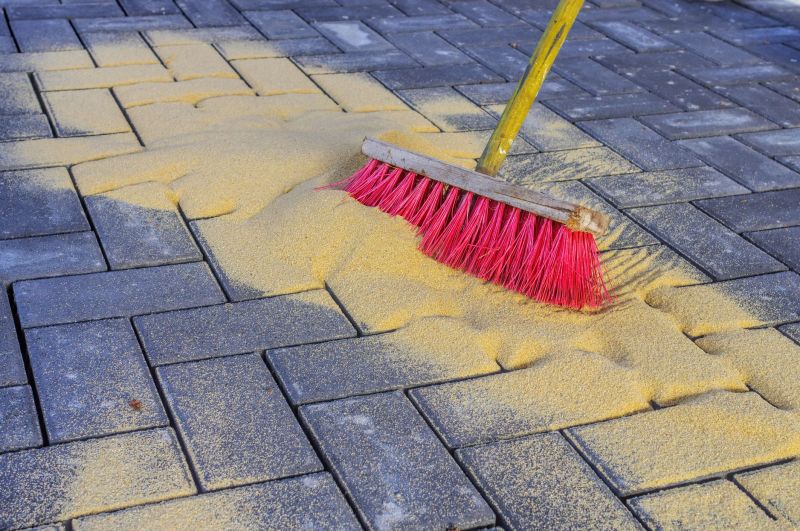
The short, realistic tool list for quality Concrete Pavers Repairs.
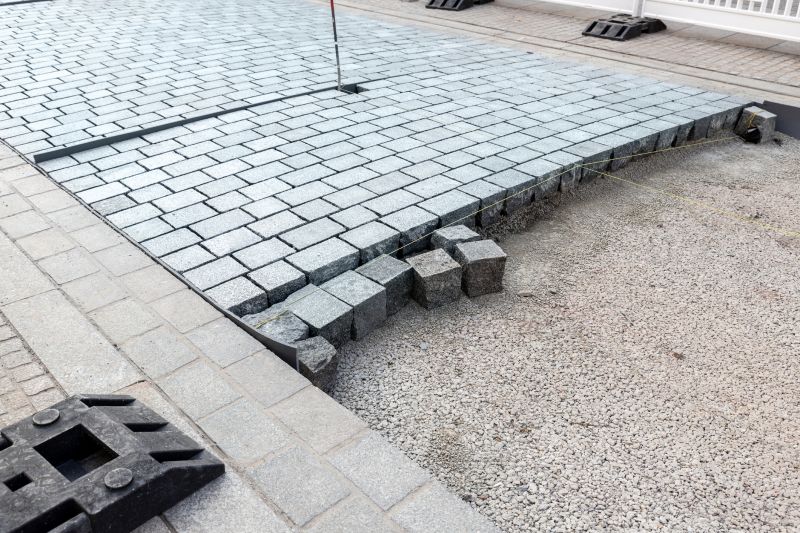
Rough timing from prep to clean-up for Concrete Pavers Repairs.
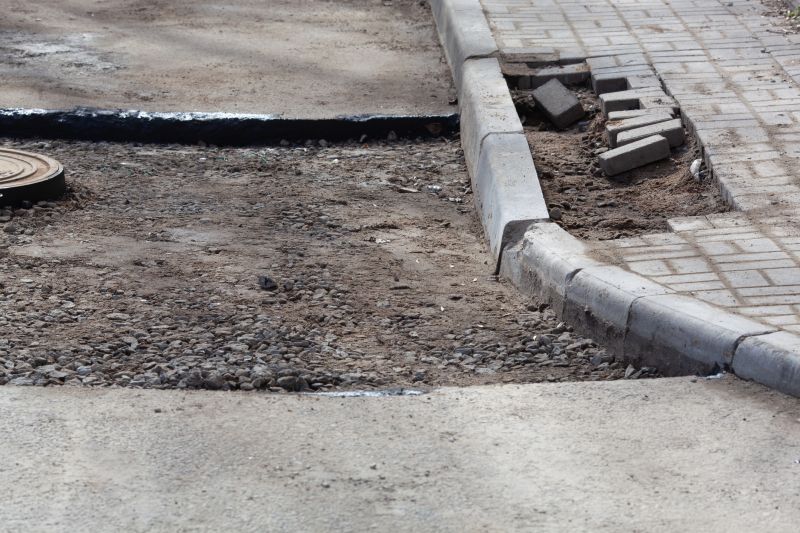
Quick checks and paperwork to keep after Concrete Pavers Repairs.
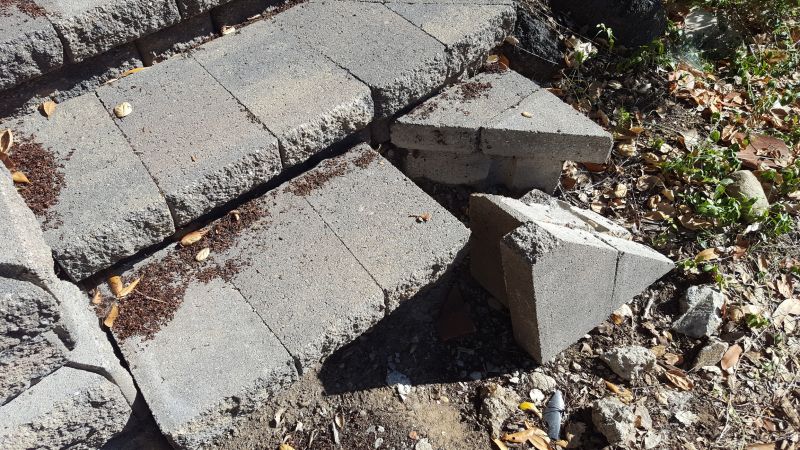
Examples that show the impact a good Concrete Pavers Repairs can make.
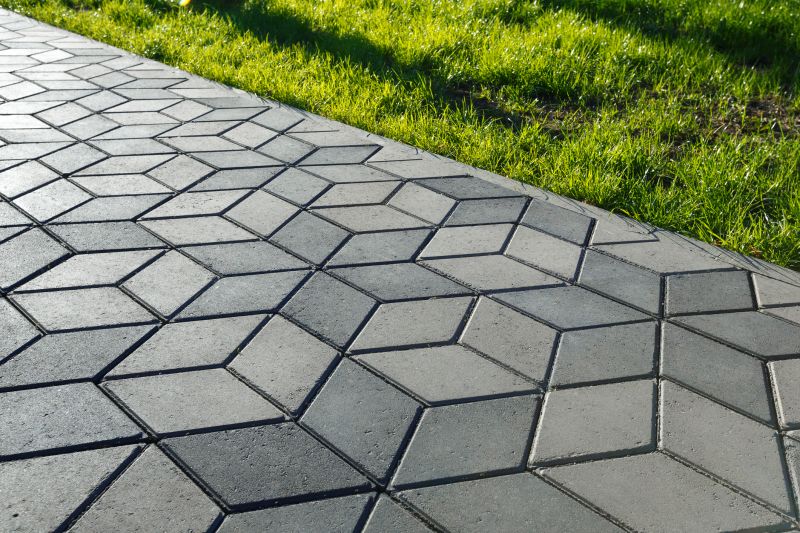
Ways to make Concrete Pavers Repairs work in tight or awkward layouts.
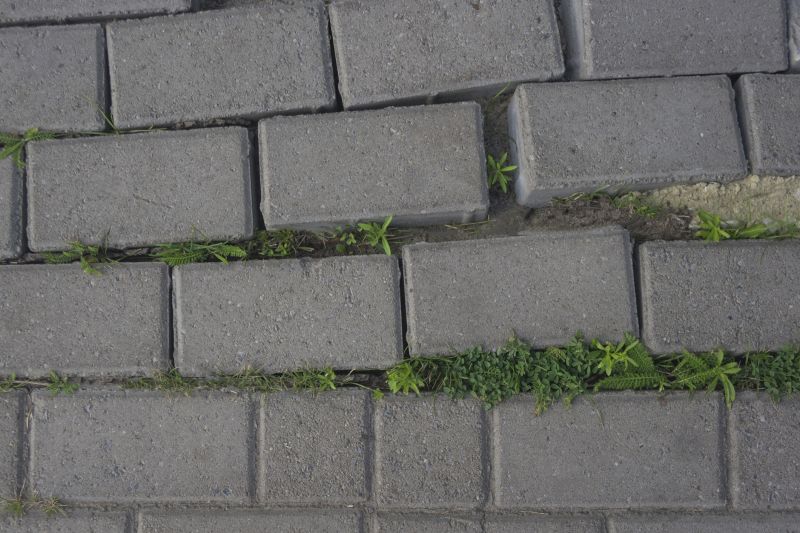
Ways to make Concrete Pavers Repairs work in tight or awkward layouts.
Interested in concrete pavers repairs? Filling out the contact form can provide more information and help schedule an assessment to determine the best timing for repairs based on specific conditions and needs.



